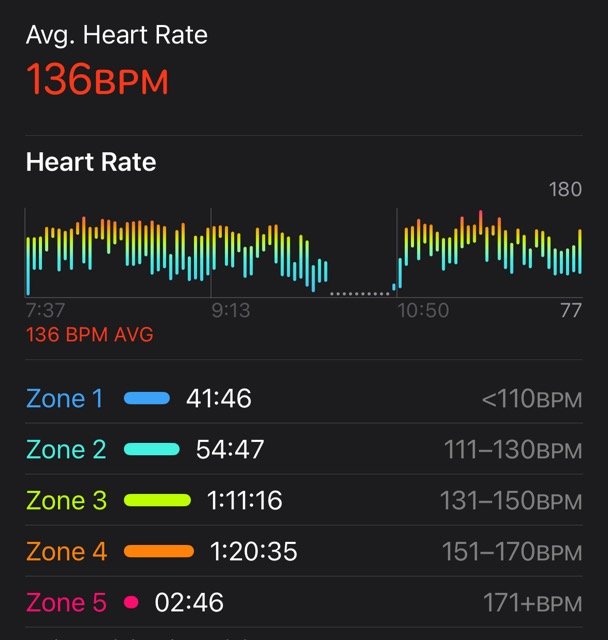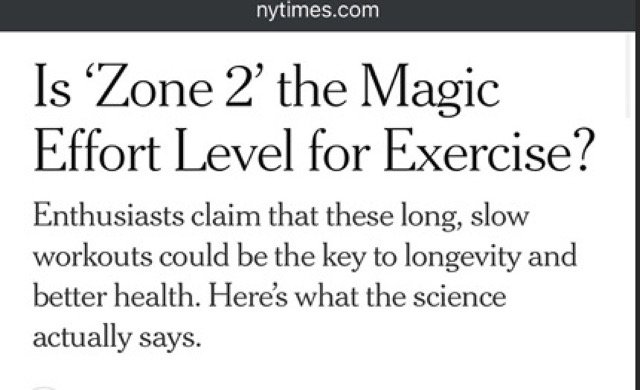What Type of Rider are You?
1) For my Millenials, this week’s banner is from Pee-Wee’s Big Adventure movie. I never realized how much bikes were a part of his shows. Filmed during the BMX bike craze, just about everyone I knew was riding. Then came Nintendo—and video games in general. Much like the post-pandemic downturn of indoor cycling, only the diehards, the self-explorers and goal-chasers remained. The fad, and Pee-Wee’s show, was over. To quote (pre-pop) Kendrick Lamar: “We gon be alright!”
2) This week, I challenged my riders to see themselves differently on the bike. To understand the indoor cycling fad is over and there’s real work to be done. We discussed Vincent Van Gogh and his self-portraits and how his color palette went from dark colors to brighter ones. Some say he was going crazy toward the end of his life, but the hues in his later works are quite bright. He essentially reinvented himself!
3) In class, most can see themselves in the mirror. But post-pandemic, were you willing to redefine who you are on the bike? To paint a new image of you? Maybe start clipping in? We work in five-minute effort blocks. 1.5 miles? 2 kilometers anybody? As always, we work intervals and save the time trial for the end.
4) Indoor cycling classes are renowned for their high intensity . . . sweating buckets!!!! Endurance work is like sweating a barrel. The average human has 5 million pores . . . and 20,000 on the face alone. Interestingly, the largest pores on our body are on our face (dripping buckets . . . yeah, that’s just the start). Scientists believe our ability to sweat may be what made us the most dominant species on earth. (read more here) The ability to control the effort will be crucial. Don’t confuse sweat with effort … or, to quote John Wooden, “Never mistake activity for achievement.”
“The ability to run long distances and sweat—so as not to overheat, allowed our ancestors to wear out other animals. Sweating was the key factor. ”
5) We all experience great joy in pushing our bodies to the brink. Defining the brink as something longer than thirty seconds to a minute? That’s a different story. Steady-state intervals aren’t sexy, but they are instructive to the body. If you want endurance, you must learn how to pedal and breathe for over a minute. Or twenty.
6) Yes, we did pedal for twenty minutes straight last week! Fabulous job. For some of you, it was two weeks ago as I rode a bit in Portugal and visited family in England. Above, i shared a pic of the route and my heart rate during the ride. Why do we ride five-minute blocks over and over? So one day, we eventually feel good enough to do bigger rides . . . like riding the Portugal coast without knowing much Portuguese:)
7) Lots of zone 2 in that ride. In zone 2, one can hold a conversation. The New York Times recently published an article espousing the the benefits of pedaling at lower intensities. It baffles me how losing your breath in twenty to thirty seconds became a badge of fitness honor. Another reason why indoor cycling is not in the Olympics.
8) As the indoor cycling fad ends, I pray for more practical approaches to indoor cycling. For the better part of two decades, pedaling to a beat or coming out of the saddle and climbing mountains were the primary goals. Twenty years later, pickleball is all the rage, and indoor cycling classes are disappearing from group fitness schedules. It doesn’t matter to most of us. Find out who you are and feed that person on the bike!
“As you push harder, you burn more fat — but only up to a point. Beyond a certain level of effort, your body starts relying more on carbohydrates and ramps down fat-burning. Lactate levels in your blood also begin to creep up, a sign that your muscles are working harder. From a metabolic perspective, Dr. San Millan said, “something funky happens” when you cross this threshold.
”
9) Over the next few weeks, we’ll discuss the various types of cyclists. Perhaps you’ll discover a new you on the bike? We start with the time-trialist. Time trialists are experts at maintaining a hard, steady pace over long distances. In the last five miles of the race, they often attack. Without assistance, they can hold off a group of riders. Dutch rider Tom Dumoulin, a former world time trial champion, had one of the smoothest pedal strokes in cycling.
On the women’s side, few do it better and smoother than Annamiek van Vleuten.



